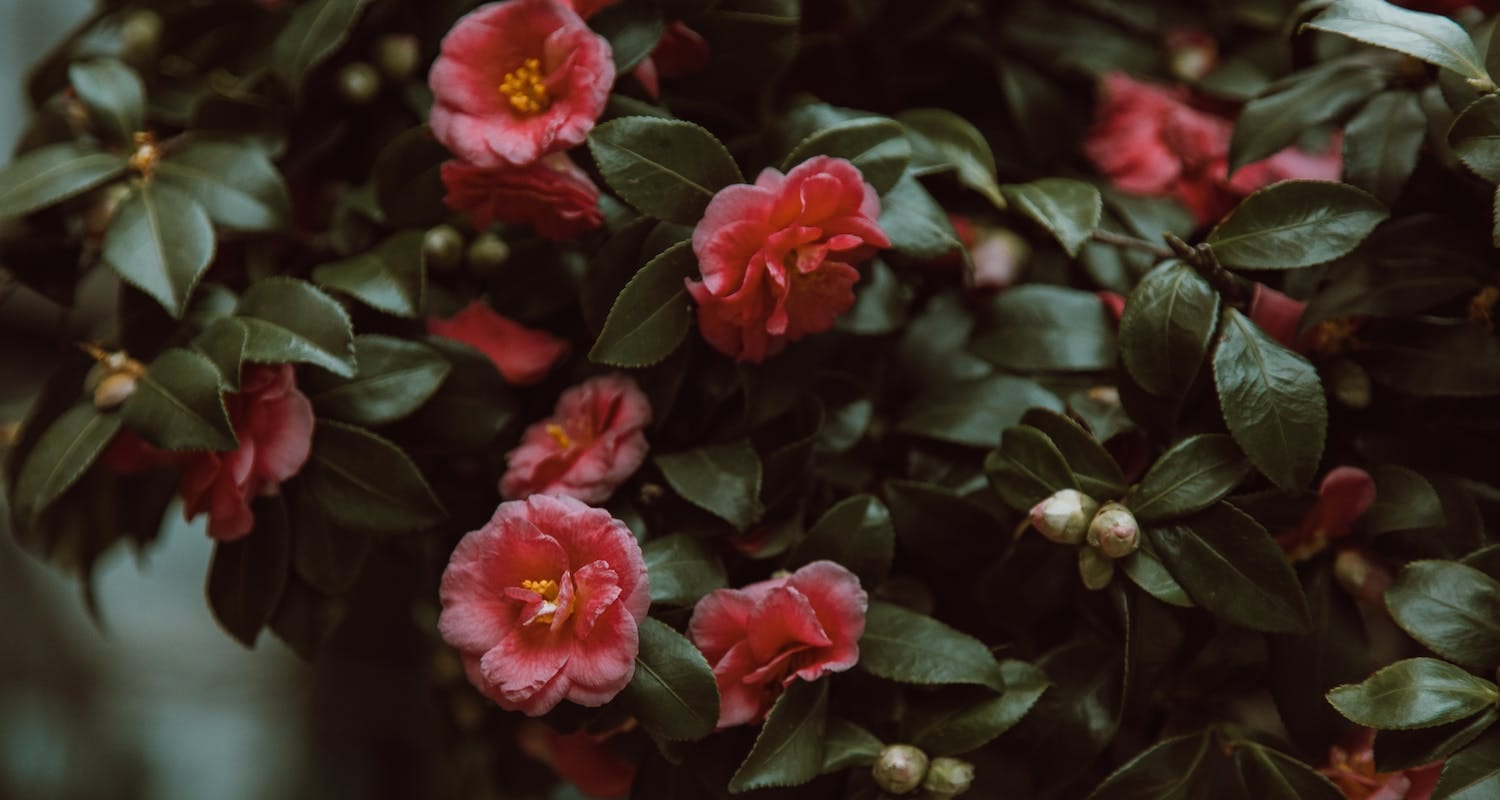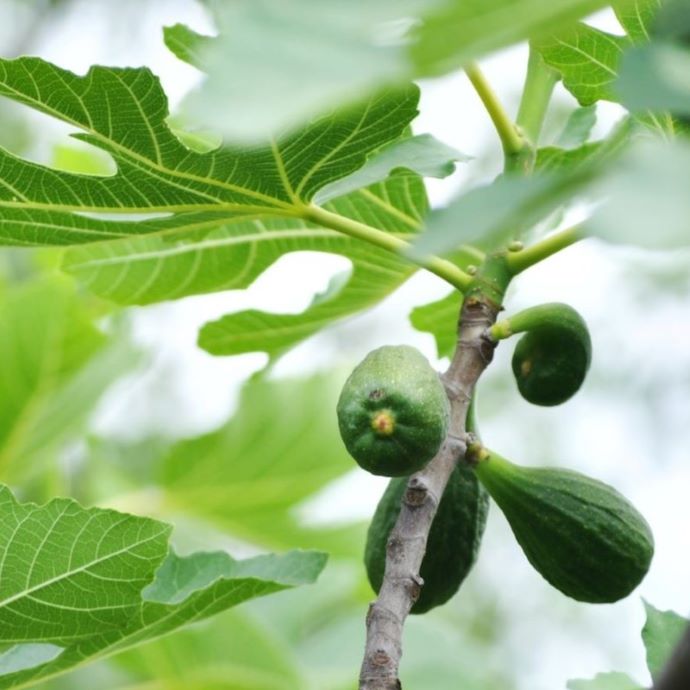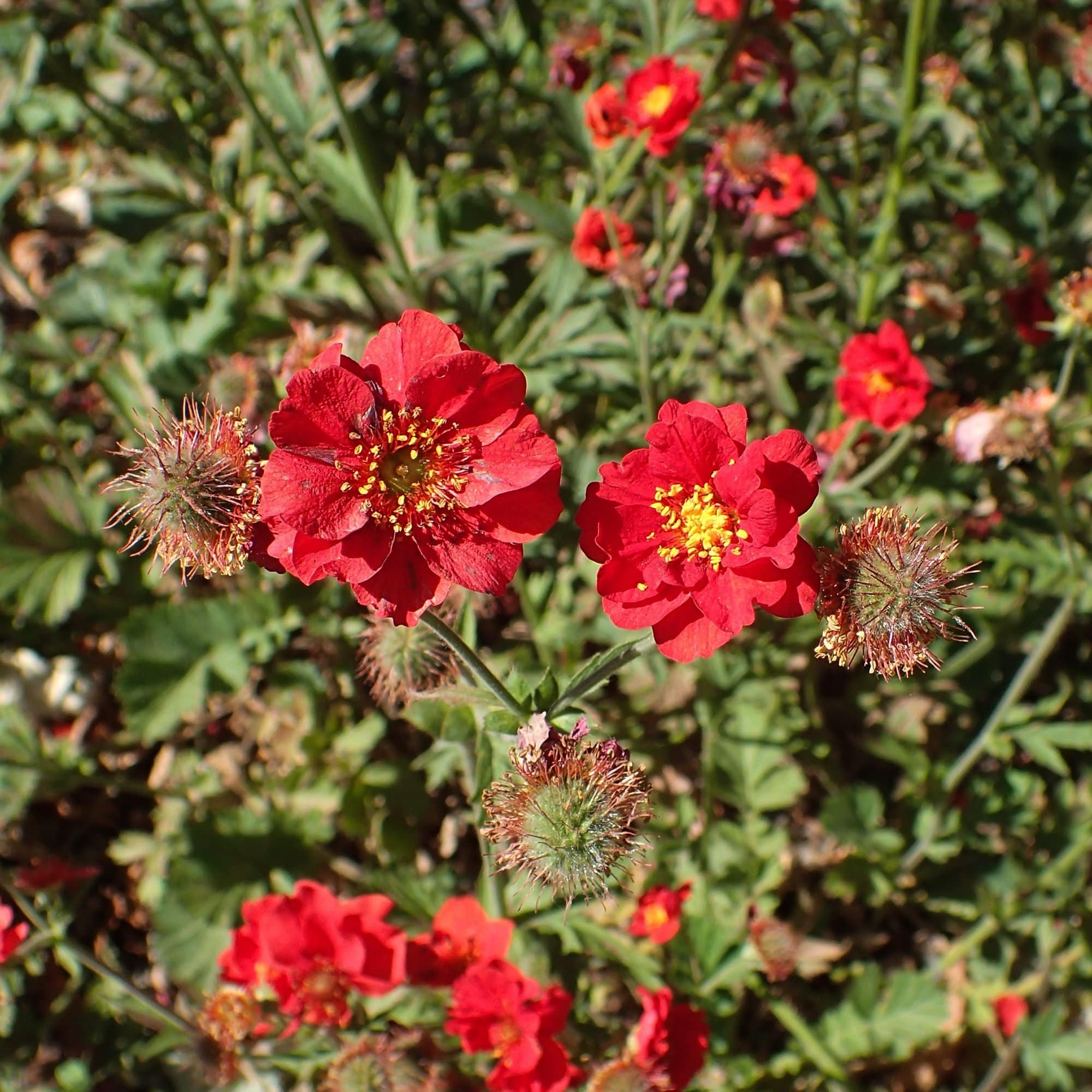Advice & Inspiration
The Complete Guide to Growing Camellias

Camellias have a reputation for being fussy and difficult to grow, but we think they’re well worth the effort! With glossy green foliage and a huge choice of colours and flower shapes, Camellias will reward a little initial care for years to come. Once established, they’re very low maintenance perennials that look spectacular in a mixed border or in containers.
Read on for our experts’ essential care tips for successful Camellia growing.
The No. 1 reason why Camellias fail
In short? The wrong soil.
Camellias are in the group of woodland shrubs (along with Azaleas and Rhododendrons) that need acidic soil, and if that’s not what you’ve got in your garden, you’ll need to alter the soil or grow them in containers full of ericaceous compost. Garden soil can be made more acidic by adding sulphur, aluminium sulphate or ferrous sulphate (always read the directions on the pack and be careful not to let it spread to other plants). Get the soil right and you’re well on your way to success.
Not sure about the types of compost available or what to choose, head over to this guide Is All Compost The Same? to learn more.

How to choose a Camellia
Camellias vary enormously. With heights from 1-20m, various levels of hardiness and a huge variety of flower varieties in shades of red, white, pink and yellow. They’re all evergreen so whichever you choose, you’ll get beautiful foliage all year round as well as flowers in the spring - or even late winter, depending on the variety.
We recommend choosing your Camellia for it's colour and how it fits into your garden scheme.
How and where to plant Camellias
Camellias are woodland plants and grow best in a sheltered position with light shade, although with careful watering they’ll be fine in a more sunny spot.
If planting in your garden, fill a large planting hole with ericaceous compost or add acidic matter to the soil as above. Firm the plant in well and water in with rainwater. If using containers, fill with ericaceous compost and position your pots in a sheltered, shady spot.
The more tender Camellia varieties, such as the autumn flowering Yuletide, Mount Noko and Narumigata will need protection from frost with either fleece or by moving them into an unheated greenhouse or conservatory in winter. For potted Camellias, repot each spring with fresh compost to top up the nutrients.

How often to water and feed Camellias
Collect and use rainwater for your Camellias if at all possible, as tap water contains too much calcium for them.
Water your Camellias every 2-3 days when first planted, then roughly once a week in spring and summer once established. During dry spells Camellias will need more water, especially if they’re in a sunny position in the garden.
Feed your Camellia plants in the spring and early summer with an acidic fertiliser such as sulphate of potash, sulphate of ammonia, seaweed or any fertiliser labelled ericaceous. Don’t feed beyond the end of July, as this can lead to flower buds dropping.
How to prune and deadhead Camellias
Young Camellia plants shouldn’t need pruning until they’re around 4 years old, apart from removing any dead, diseased or damaged branches. After a few years, Camellias can be pruned in late spring, immediately after flowering - May or June is fine, but don’t leave it too late as the plants form new flower buds in late summer and early autumn.
Trim about 1.5cm from the ends of each branch. Camellias may not need pruning every year, but if you do want to reduce or shape them, mature plants respond well to hard pruning.

Common problems with Camellias
Root Rot
Camellias can be affected by root rot, especially if grown in containers.
As well as avoiding overwatering, you can swerve this by making sure your pots have good drainage holes and raising them on bricks.
Camellia Flower Blight
If you find brown blotches on your flowers, they may be affected by Camellia Flower Blight.
To help clear this up, remove affected flowers as soon as they appear, and put a mulch on the surrounding soil to suppress the disease spores.
Aphids/Scale Bugs
Watch out also for aphids or scale bugs on the underside of leaves.
If you find them, spray with an oil-based organic pest repellant - the sap sucking activity of these pests can lead to moulds developing on the Cameilla.



















